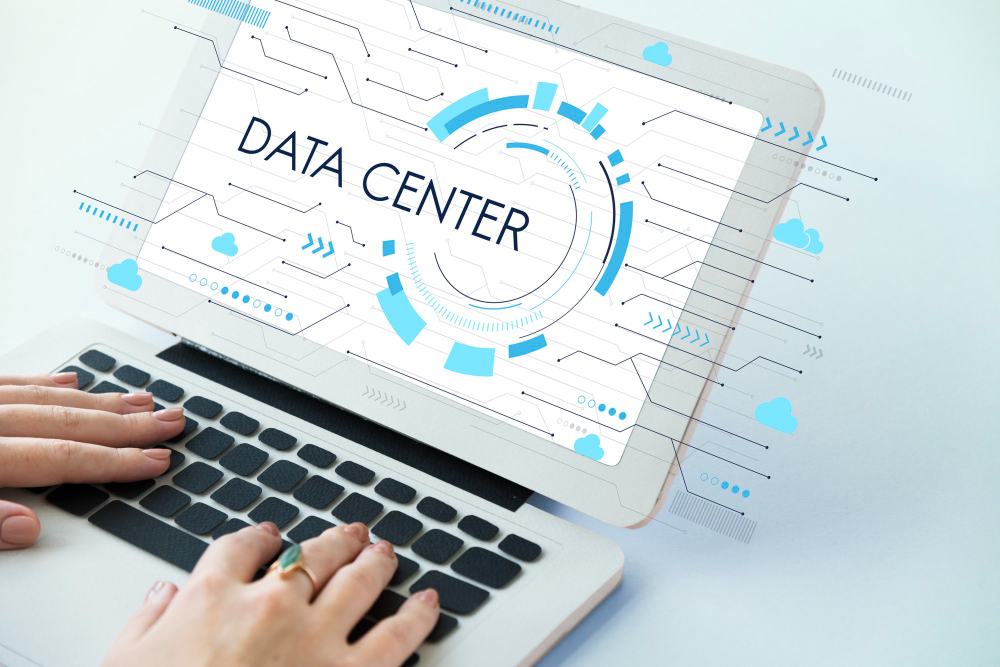In today’s fast-paced digital world, the ability to efficiently merge data from multiple sources into a coherent and functional dataset is more than just a necessity—it’s a strategic asset. As businesses evolve and the volume of data they handle increases, the demand for reliable and effective data integration tools also skyrockets. This guide is here to assist you in finding the perfect data integration tool, ensuring that your data works for you and not the other way around.
Let’s delve into what makes for a stellar data integration tool, how to match one to your specific needs, and why choosing the right tool can transform your data management strategy into a dynamic power play for your business.
Understanding Data Integration Tools
Before diving into the selection process, it’s vital to understand exactly what a data integration tool is and how it can be leveraged in various business contexts. Data integration involves combining data from different sources and providing users with a unified view of these data.
The right tool does this seamlessly, ensuring that data quality is maintained and that the integration process adds value to the data rather than complicating its utility. Whether it’s consolidating customer information from various databases or merging new sales data with legacy systems, a data integration tool is key to making data accessible and actionable.
Assessing Your Needs
The first step in selecting the right data integration tool is a thorough assessment of your business needs. Consider the types of data you handle, the volume of data, and how frequently it needs to be updated or accessed. Businesses that deal with vast amounts of real-time data, for example, will need a tool that can handle continuous data integration efficiently.
Additionally, evaluate the technical capabilities of your team; this will help determine whether you need a tool with a user-friendly interface or one that offers more advanced features for tech-savvy users.
Key Features to Look For
When shopping for a data integration tool, there are several key features to keep in mind. Scalability is crucial—your chosen tool should be able to grow and adapt as your business does. Also, look for robust support for various data formats and sources.
A tool that offers a wide range of connectivity options ensures that you can integrate all necessary data, regardless of where it’s stored. Performance and reliability are also important; a good data integration tool will perform tasks swiftly and dependably, minimizing downtime and errors.
Ease of Use and Support
The usability of a data integration tool is another essential factor. An easy-to-navigate and configure tool can significantly reduce the learning curve and support faster organizational adoption. Furthermore, consider the level of customer support provided. Reliable support can greatly reduce the impact of any issues and help ensure that your data integration initiatives are successful.
Integration with Existing Systems
It’s also important to consider how well a data integration tool will mesh with your existing infrastructure. Compatibility with current systems minimizes disruptions and helps maintain productivity as the new tool is rolled out. Ensure that the tool can not only integrate data but also align with your current technology stack in a way that supports seamless communication between systems.
Cost Considerations
Cost is always a concern when implementing new technology. Beyond just the initial purchase price, look at the total cost of ownership, which includes maintenance, upgrades, and any required training. Investing in a tool that, although possibly more expensive upfront, will provide more value in the long run through durability, less need for frequent upgrades, or lower maintenance costs is worthwhile.
Making the Decision
After considering all these factors, narrow down your options and choose a tool that best fits your specific criteria. Don’t rush this process—take the time to conduct thorough research, engage in product demos, and maybe even try a few tools. This hands-on approach will give you a clearer picture of how well each tool meets your needs and how they could be implemented within your current systems.
Conclusion
Choosing the right data integration tool is a decision that should not be taken lightly. The ideal tool will streamline your data processes, enhance operational efficiency, and provide a solid foundation for data-driven strategies. Remember, the goal is to find a tool that not only fits your current needs but also has the potential to accommodate future growth and changes.
With the right approach and a clear understanding of your requirements, you can make an informed choice that will benefit your organization for years. Happy hunting for that perfect data integration ally!
Read More:
Data Integration Experts



